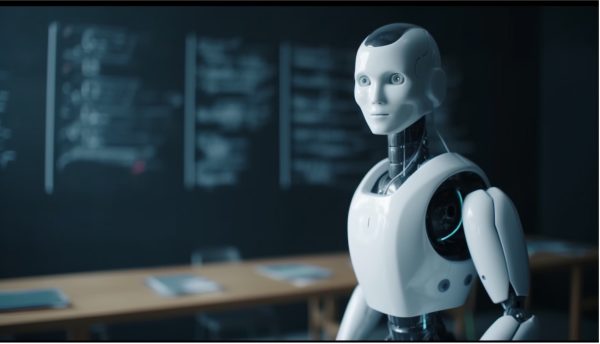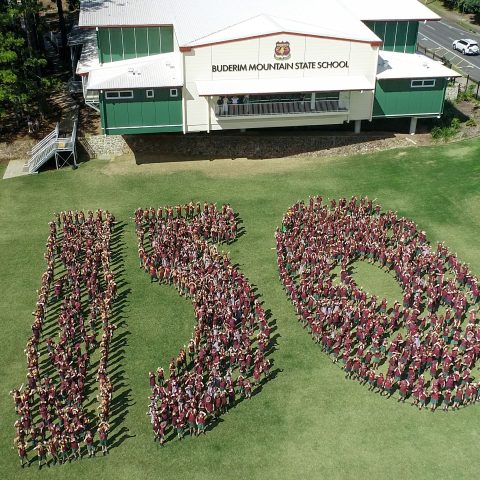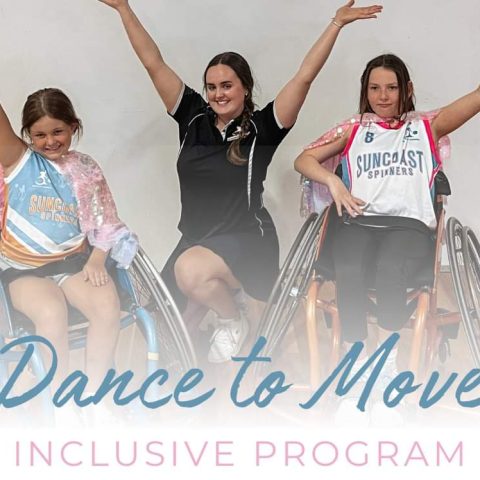Our PR Director, Michelle Smytheman, is passionate about helping emerging professionals in the communications industry and teaches at the University of the Sunshine Coast. As part of an assessment task this year, there have been some excellent blogs written by first-year students about emerging business trends. We are proud to share their work.
By Kevin Sim
Good morning, class! I’m ZX03-E9, your new high-tech teacher, and today we’re diving into the fascinating world of social robots and how they’re changing education while gaining a competitive advantage in various industries. Let’s explore this exciting topic together.
The marvels of artificial intelligence
 We live in an age where technological advancements, especially in artificial intelligence, are nothing short of astonishing. What used to be the stuff of science fiction movies is now part of our daily lives. We’re surrounded by virtual assistants like Alexa, Siri, and Cortana, who reside in our homes, phones and computers. Remember the famous line from The Terminator, “I’ll be back”? Well, artificial intelligence and social robots have indeed arrived and are here to stay.
We live in an age where technological advancements, especially in artificial intelligence, are nothing short of astonishing. What used to be the stuff of science fiction movies is now part of our daily lives. We’re surrounded by virtual assistants like Alexa, Siri, and Cortana, who reside in our homes, phones and computers. Remember the famous line from The Terminator, “I’ll be back”? Well, artificial intelligence and social robots have indeed arrived and are here to stay.
The pandemic’s call for innovation
When the world faced the challenges of lockdowns and isolation during the Covid-19 pandemic, it forced marketers to think creatively about how humans could interact, especially in the service industry. This is where artificial intelligence and social robots stepped in. While robots were traditionally associated with industries like manufacturing, they quickly made their way into various service sectors: restaurants, hospitals, aged care facilities, tourism, and even our homes.
Imagine visiting a Pizza Hut in Singapore and being welcomed by Pepper, the service robot. Pepper isn’t your typical robot; it can do everything from taking orders to processing payments and even entertaining customers. But here’s the real game-changer: social robots like Pepper have the potential to significantly enhance the quality of life for older people and promote social inclusion for individuals with disabilities. They can assist with tasks such as delivering water and medication to seniors or helping those with disabilities manage their daily activities. Social robots are revolutionising the service industry by making life more convenient and enjoyable for everyone.
Social robots: Transforming education
Now, let’s shift our focus to how social robots are making a profound impact on education. These futuristic humanoid robots are finding their way into classrooms, offering valuable support to both teachers and students, including those with diverse learning needs. Research has shown that social robots can have a powerful effect on young learners, boosting their cognitive and emotional development.
But the real magic happens when students interact with these robots. They enjoy learning more and exhibit improved comprehension, better knowledge retention, and increased attentiveness. In classrooms with social robots, students are more curious and engaged than ever before. These learning enhancements are evident in typical and special needs primary schools, as highlighted by researchers at the University of Twente.
Addressing Australia’s teacher shortage
Australia faces an unprecedented teacher shortage, a crisis that the Australian Government has officially recognised. Underpaid and overworked educators, who have long sought the respect they deserve, are taking action. Teachers are leaving their classrooms and organising strikes in various states. By 2025, it’s projected that Australian high schools will experience a shortage of 4,000 teachers, as forecasted by the federal education department.
Enter social robots, which could play a pivotal role in addressing this crisis. Social robots have proven their effectiveness in human-robot interaction and as engaging classroom tutors. They bring several competitive advantages to the table when compared to human teachers. In contrast to their human counterparts, who need at least four years of education to become certified teachers, social robots can start teaching right after they roll off the production line.
What’s more, these robots can rapidly learn any subject using artificial intelligence, delivering lessons in multiple engaging ways to facilitate effective learning. Unlike human teachers, who take an extra 12 months to plan lessons and often have limited access to teaching materials, social robots can provide a more dynamic and adaptable learning experience.
Even better, social robots are immune to burnout and don’t require sick leave, ensuring reliability in the classroom. They can even take on administrative tasks, lightening the load of teachers and enabling them to focus on the core aspects of teaching.
The way forward: Embracing robot-enhanced education
In partnership with states, territories, and the 2023 Budget, the Australian Government has responded to the teacher shortage crisis with a substantial $342 million investment into the National Teacher Workforce Action Plan (Action Plan). Here’s a proposal: A significant portion of this budget should be allocated to the development and deployment of social robots to complement our human teachers.
By recognising the competitive advantage that social robots bring to education and strategically allocating resources, we can effectively address the teacher shortage crisis. This approach will not only alleviate the pressure on our current educators but also elevate the quality of education. Social robots have the potential to support the five priority areas of the Action Plan, thus improving teacher supply and strengthening the overall teaching profession while preparing a collaborative workforce for the classrooms of the future.
So, get ready to embrace a new era of education, one where social robots and teachers collaborate to create a brighter future for Australia’s students. It’s a journey that promises innovation, enhanced learning experiences, and a competitive advantage in the field of education and beyond. Good morning to the future of education!




